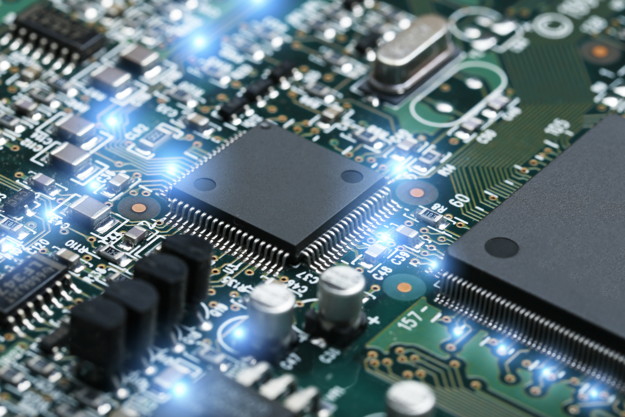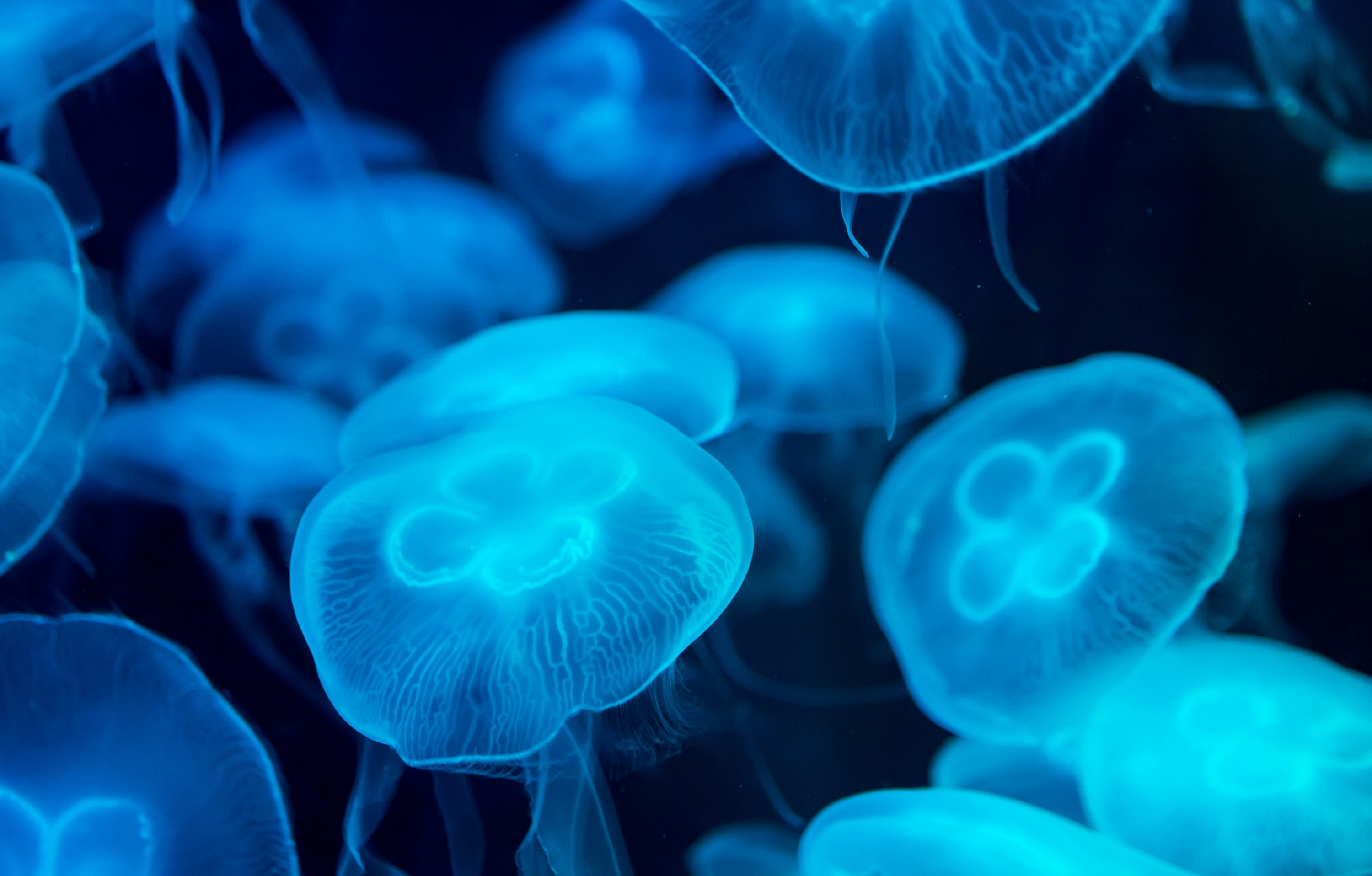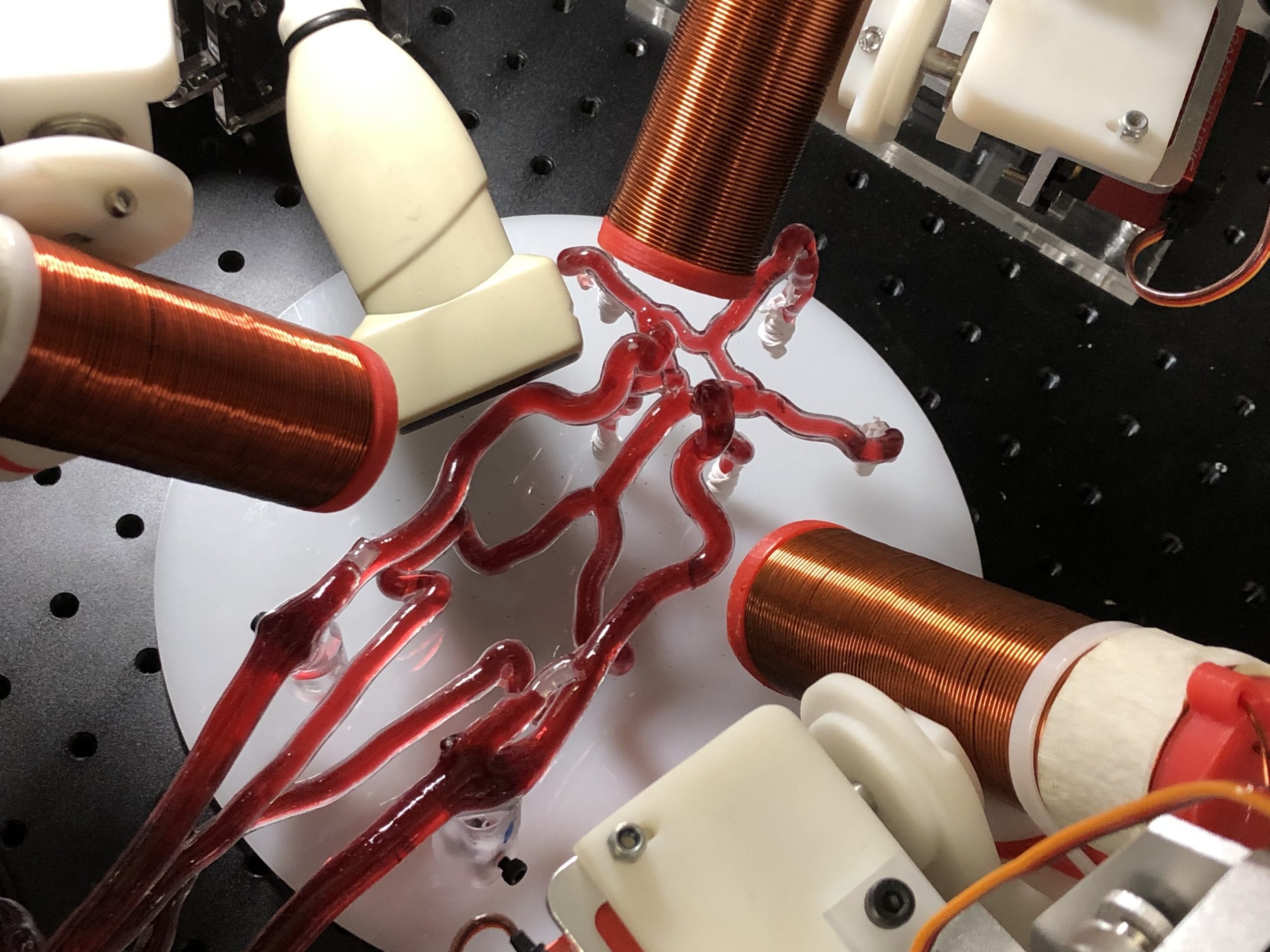English
繁體中文
简体中文

Advancing high-performance chips is the principal ambition of the semiconductor industry. Global demand for electronic products is buoyant. A recent study found that the average calligraphy ink is perhaps key to a low-cost, streamlined and environmentally friendly material deposition technology, helping to cope with the growing demand for chips with high applicability.

Neuronal networks in the brain and spinal cord use a mechanism to adjust muscle commands for the way you run, depending on your body condition and experience. Research has found that muscle patterns – “muscle synergies” – are changed and merged across age and training groups, allowing runners to run longer with more energetic efficiency.

Of the jellyfish- not actually a fish - little is known about its evolution, reproduction, or feeding habits. For years CUHK researchers have dived deep into jellyfish genomes and decoded for the first time the high-quality genomes of two jellyfish commonly found in Asian waters, shedding new light on these translucent mysteries of the seas.

Previously unknown brain circuitry can generate repetitive behaviour that fends off harm from emotional stress. CUHK biomedical scientists find that responses like compulsive hand rubbing when anxious are coping mechanisms not to be repressed. That circuitry gone awry can also be a research lead into OCD and autism.

There is a new way to deploy the right microrobotic swarm into a bodily fluid to fight illness. A research group of the Faculty of Engineering has categorised magnetic swarming microrobots and devised ways to select the one that navigates best in a bio-fluid, taking treatment into the vascular system and other confined regions of the body.